The Cervical Deep Neck Flexors
Photo by 𝙴𝚕𝚒𝚣𝚊𝚟𝚎𝚝𝚊 🕊 on Unsplash
A large percentage of skeletal stability is afforded by muscles. Muscles are designed to stabilize the skeleton in mid range, functional positions and are the only system that can compensate for changes in articular integrity.
All muscles are important for motion and support, however, not all muscles function in the same manner but rather fill specialized roles. The more superficially positioned neck muscles can maintain head position against gravity and have a greater torque producing capacity than their deeper counterparts. These superficial muscles, however, are not suited to provide fine segmental motion control. The deeper cervical muscles situated immediately adjacent to and spanning shorter sections of the spine, form a sleeve around the cervical and craniovertebral regions. Their anatomical design allows them to provide effective segmental motion control and support spinal curves. (Mayoux Benhamou 1994, Boyd-Clark 2002) Segmental buckling would occur if the superficial muscles were to work on their own without adequate activation of the deep muscle network. (Winters and Peles, 1990) Balanced activation of the deep and superficial flexor and extensor muscle networks is necessary to optimize function and minimize the potential for a pain state.
Numerous studies of individuals with neck pain have identified changes in relative activity of the deep and superficial neck muscles. Individuals with neck pain show decreased strength and endurance of their deep neck flexors (Longus Capitis and Longus Colli) when compared to control subjects. They also exhibit increased superficial muscle activity (SCM and Anterior Scalenes) compared to control subjects. (Jull et al 1999, 2000, 2004, 2009; Gupta et al 2013; Elsig et al 2014) Decreased activation of the deep cervical flexors with concurrant increase in superficial flexor activity will typically result in altered movement strategies and increase the potential for dysfunction.
The craniocervical flexion test (CCFT) is a simple yet proficient test to screen for neuromotor control of the deep neck flexors. It assesses for activation and isometric endurance of the deep cervical flexors. In addition, it monitors for early or excessive activation of the superficial neck flexors. The CCFT can serve as an effective retraining tool in cases where dysfunction is identified, progressing the individual through increasing levels of difficulty. (Jull GA et al. 2008) The CCFT is used routinely by physiotherapists at Corona Station as both an assessment and treatment tool with favourable results.


